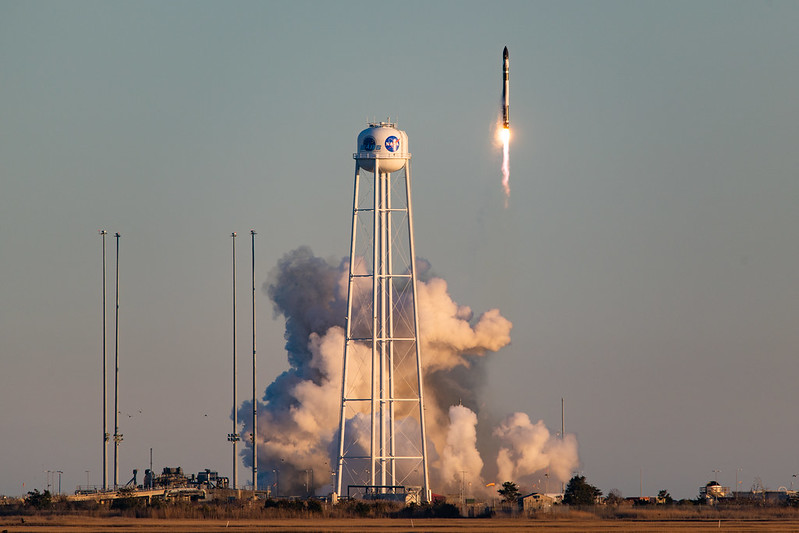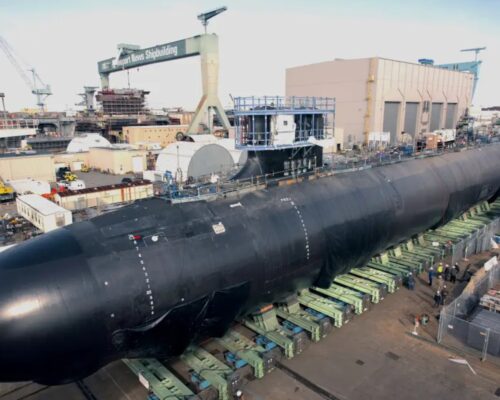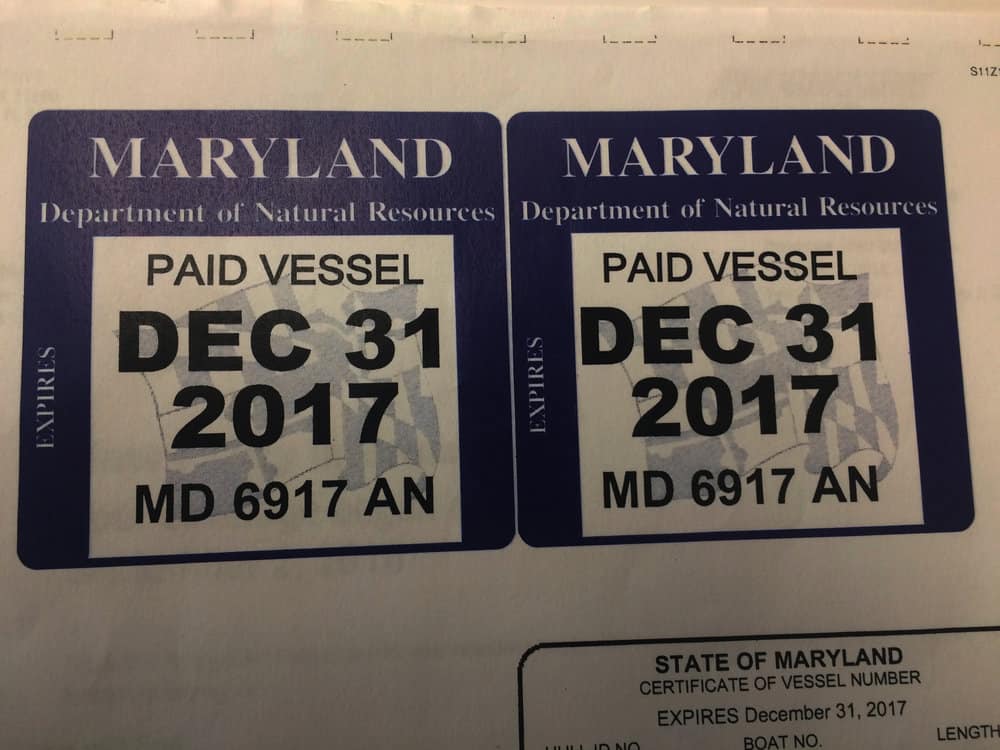Rocket Lab USA, Inc, has successfully launched its second Electron rocket from Wallops Island and is gearing up for a third this month.
The commercial space company is poised for many more launches from Virginia. The Electron has flown over 35 missions globally, deploying 159 satellites.
Rocket Lab designs and builds its own rocket engines and software. An advanced composite manufacturer, the company produces high-tech solar arrays for powering satellites once in orbit.
The Electron is their workhorse small rocket. At 59 feet tall, it is designed to carry satellites into orbit. Rocket Lab’s customers include private companies as well as the U.S. military, including the U.S. Space Force.
The forthcoming Neutron, which is expected to launch from Wallops for the first time in 2024, will be the largest composite rocket in the world. At 141 feet tall, this rocket will be able to take much larger payloads into orbit. The Neutron is even capable of transporting humans. And the Neutron’s first stage is designed to return to and land at its launch pad, in this case Wallops.
The unique composite design of Rocket Lab’s rockets makes them lighter than conventional aluminum rockets, translating to a more efficient flight. According to spokesperson Murielle Baker, the company “has pioneered the use of carbon composite technology in rocketry with our first rocket Electron… The all carbon-composite construction of Electron decreases mass by as much as 40 percent compared with traditional aluminum launch vehicle structures, resulting in enhanced vehicle performance. Rocket Lab fabricates tanks and other carbon composite structures in-house to improve cost efficiency and drive rapid production.”
Both rockets have a small third stage, called a “kick stage.” This small powered stage allows Rocket Lab to place satellites in extremely precise orbits. In addition, the kick stage can be used to reposition a satellite if it needs a course correction. The kick stage can also be sent back into the atmosphere to burn up or deorbit, reducing space debris.
As for the future at Wallops, Rocket Lab is building a complete production, assembly, and integration facility, as well the launch pad. Bay Bulletin reported details last year. The facility will include an automated fiber placement robotic production system capable of producing carbon composite rocket components. It will include a launch control center, as well as an area to refurbish boosters for subsequent flights.
All this is great news for the economy of Virginia, and for Bay-region residents who like to watch rocket launches. If you have never witnessed a rocket launch, you need to. Kids love them. You need to be on time, as the visible launch can last a brief 90-seconds. The Eastern Shore of Virginia’s tourism bureau even promotes a Virginia Space Loop highlighting places to view launches and learn more about the local space industry.
The next Electron launch from Wallops is tentatively scheduled for Sunday, April 30 at 8 p.m., with more launches planned for May, June and December 2023. The larger Neutron, with its boosters returning to land at Wallops, will be an even greater show next year.
-Kendall Osborne




